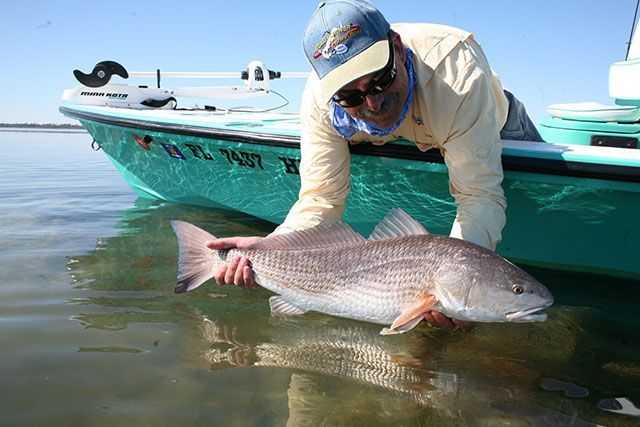
[dropcap]I[/dropcap]n my first book, Catching Made Easy, I’ve included several chapters that should help you locate more fish. In these chapters I focus on how to develop a successful game plan, touch on the importance of listening to your intuition, and dive into where you can find the hotspots.
The first tip for anglers searching new waters for fishy places is to go buy a chart, study it and highlight the suspicious areas, particularity points, pockets and passes. It’s been my experience that this one tactic will help you locate the most desirable places to start. Keep in mind; in most cases ninety percent of the fish are found in ten percent of the water.
It’s also important to remember that fishy spots can and will change for a number of reasons, including changes in water temperature, time of day, seasons, bait availability, rainfall, wind direction, tides, etc.
Fishy spots will quite often stand out like a crooked nose. Other times, it might be a very subtle hint that gives these places away. When surf fishing a long, flat stretch of beach, the run outs and feeding areas are probably not going to be obvious to inexperienced eyes. However, over time and after much observation, these things will become more easily spotted.
While finding fish is a very important part of catching, it’s only a portion of successful fishing. Other factors like reading the water, understanding fish habits, making your cast count and being prepared can often be equally important to catching more fish.
Take it from this aging Florida Cracker fishing guide; the task of finding fish hasn’t changed much during the fifty-plus years I’ve been hunting for them. If you locate healthy habitat, those places that provide food, shelter or both; you will find fish.
Learn more about catching by attending one of our upcoming fishing workshops. Contact me for more information at: irlcoast@gmail.com.
Best December Fishing Days: 3-9, 13-14, 18-19, 24-27